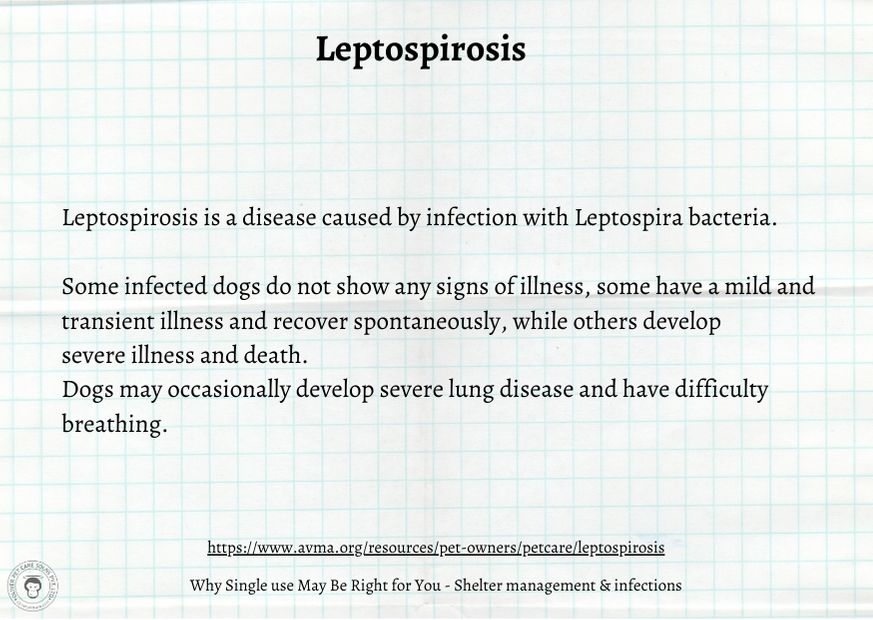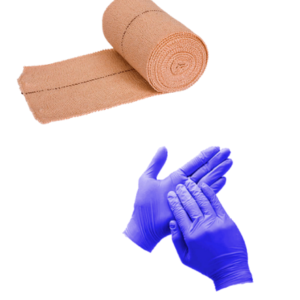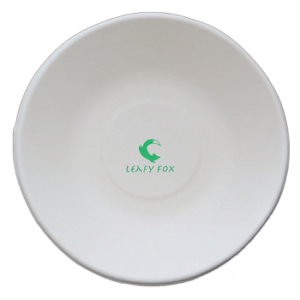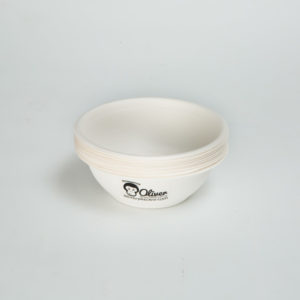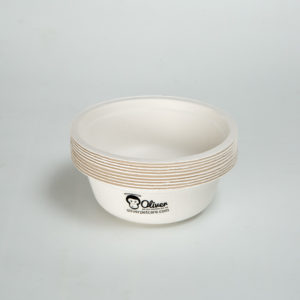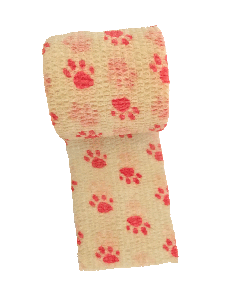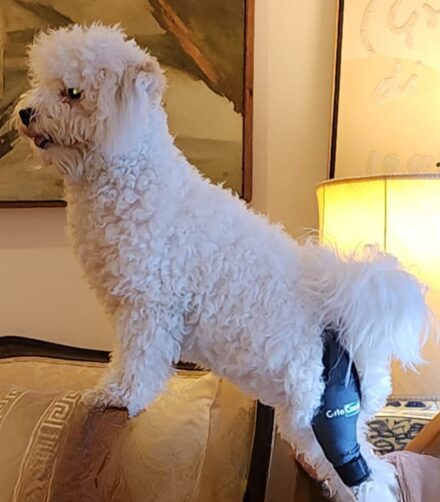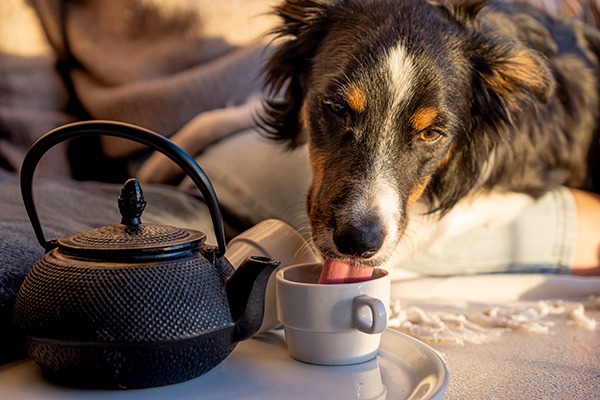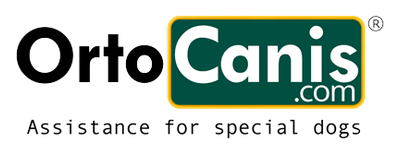Animals shelter workers & managers possess the deepest hearts & shallowest pockets
Oliver from Experience
Single use has the misfortune of being branded the culprit of every environmental woe. We are the sole architects of our rapid environmental decline. Why may single use be right for you? If you run a shelter or work in one single use may be the difference between life and death for your shelter. All single use does not have to be unsustainable and a burden to the planet.
4 months ago the world was in a panic about mounds of plastic and single use items causing mountains of waste. A floating island of single use plastic waste the size of the state of Texas is reported to be floating in the Pacific, nicknamed The Great Pacific Garbage Patch. We hated plastic straws as they killed turtles, and discuss the horrific reality clutching on to a single use coffee cup! Plastic bottles and packaging, all single use, at various times are the victory and villain.

Bagasse Bowls 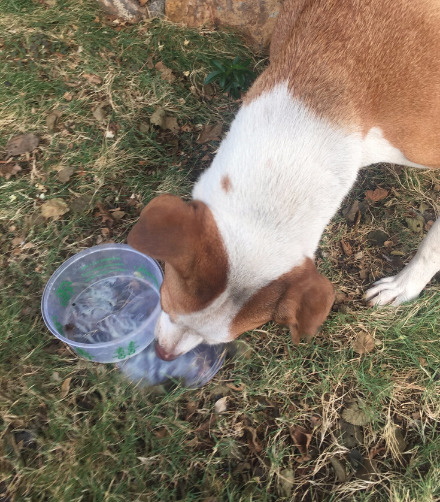
We needed to put an end to this 
As we were all out patting ourselves on the back for morphing into environmentally responsible companies, the pandemic hit. Overnight vilified single use goods turned life savers.
Single use gloves and masks come to the aid of communities and save lives. If you run or work in an animal shelter single use may have the same value to you and your animals. The greatest challenge any shelter across the world faces is raising funds and keeping their inmates healthy.
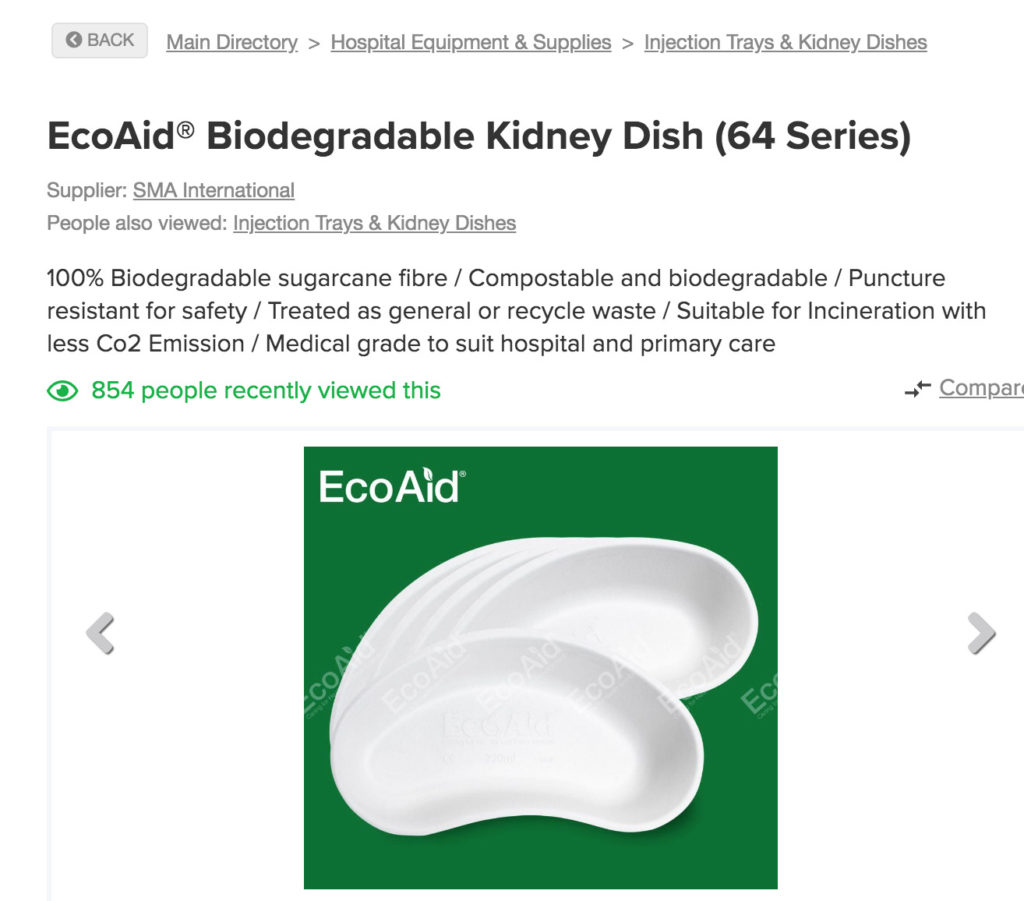
If we have sustainable single use products for human patients, let’s extend the use for animal patients.
Volunteer dress code- shoes always shoes!
The upside down feeding bowl- replace them with single use.
Pandemic hand washing protocol – best practices for animal workers & volunteers!
Oliver Wisdom
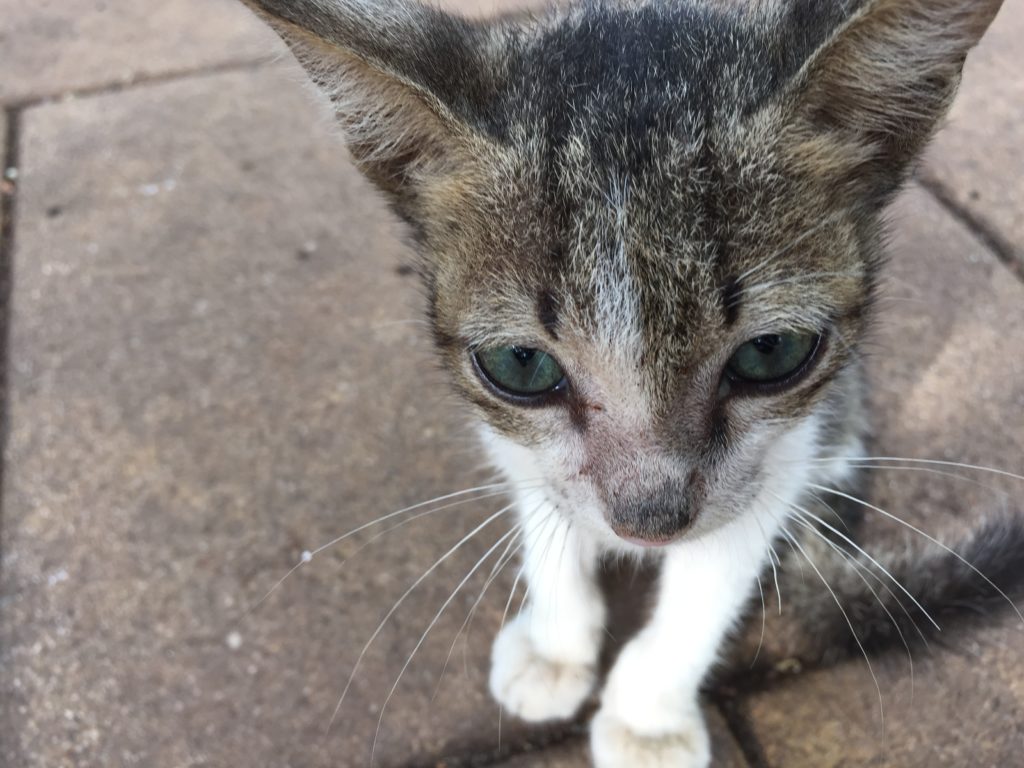
” During evolution, cats have assumed a solitary lifestyle. Animal density in rescue shelters should therefore be kept as low as possible, as the prevalence of pathogenic micro-organisms and consequently infectious disease is correlated with population density and size. In ideal shelters, cats are housed individually or only together with cats from the same original household.”
Infectious diseases in shelter situations and their management
Karin Möstl et al.
How can single use benefit a shelter?
All shelters are cash strapped with a huge portion of budget dedicated toward medical bills. Stressed animals immune systems are compromised making them more susceptible to contract infections.
How does infection spread in an animal shelter?
- In a shelter infection spreads through close contact, sharing of resources, utensils and space constraints usually mean isolation facilities and space are scarce. Airborne diseases or infections may easily spread. If you’ve ever worked or volunteered in an animal shelter, hand washing, appropriate attire and maintaining a work protocol to reduce the spread of infection is standard operating procedure.
- We’d love to have sprawling shelters, with acreage and isolation wards at the edge of a property. The reality is an isolation ward is probably near the main kennel or facility. Your best practice for isolation wards is to ensure single use bowls. Cleaning and washing feeding bowls is a task in itself without worrying about sanitising. The same protocols for leashes, collars, toys any and all such items.
Why individual feeding bowls are the investment your shelter needs.
Donors to a shelter rarely think about a mundane feeding or water bowl. We presume that shelters and kennels always struggle to feed and medicate their residents. Explain it to your donor as such- “the less sick animals we have the less medication we need to buy.” The domino effect of this is a shorter shelter stay and quicker potential adoption or discharge.
Shelters, rescue homes and kennels must demand basic standards of hygiene from their volunteers and staff. Think of your facility as a mini hospital, the same protocols and standards apply. With illness under control your shelter immediately has the ability to treat, release and adopt.
Single use is not a vile term and in some cases it keeps you healthy and cuts costs. Animal shelters are no strangers to the speed of infection. Wash your hands is not a new mantra to anyone who works with animals.
Volunteer Code – Rules to live by for an animal shelter worker
1. Dress code- shoes – always wear shoes. Never flip flops- they only belong at a beach! You do not want to be a carrier of infection to any pets you may have at home or other shelter residents.
2. A set of “kennel clothes” are a good idea. Volunteering is hard work and your clients- animals- are least interested in your wardrobe.
3. Feeding bowls are separate. We’ve learned through the pandemic it is the ability of a viral infection to spread. Feeding bowls and water bowls, are the quickest and weakest links. It takes one improper or careless move or mistake to take down a kennel.
2. Order of dog walking/ play time – healthy, young pups and dogs should be first on your list. The next order of business is older healthy dogs. Animals who suffer from skin problems and infectious conditions are last on your list. Ideally, wash your hands in between dealing with each animal.
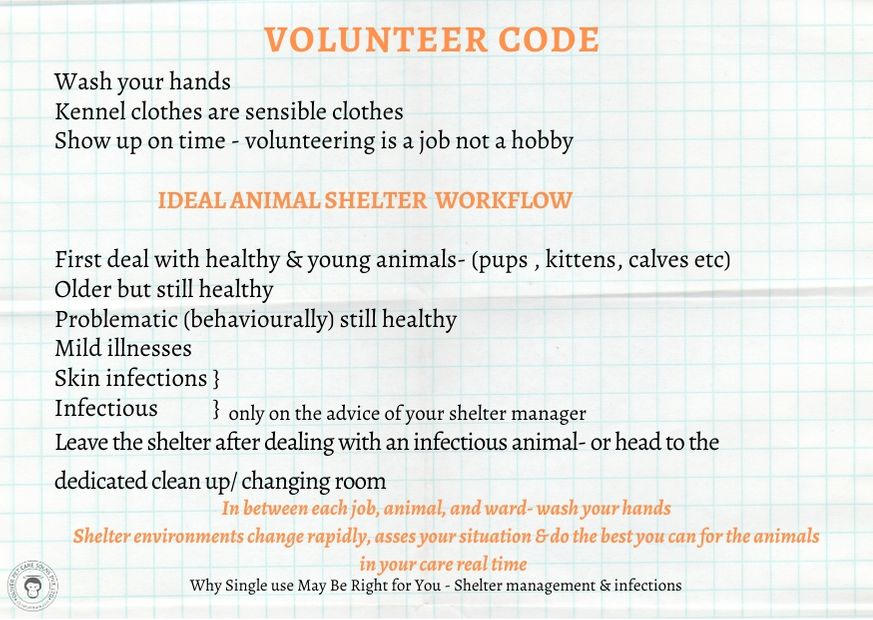
Readings & Resources for you and your Volunteers:
We will better our shelters by learning from one another and sharing practices and information. Treating a shelter as a professional facility immediately changes the attitudes of workers and volunteers.
1. https://www.animalsheltering.org/magazine/articles/canine-and-feline-parvovirus-what-you-need-know
2. https://www.veterinarypracticenews.com/reduce-pet-to-pet-contact-shelters-warned/
Common and emerging infections in Shelters-
P. A. Pesavento & B. G. Murphy of The School of Veterinary Medicine U C Davis, Calif.










